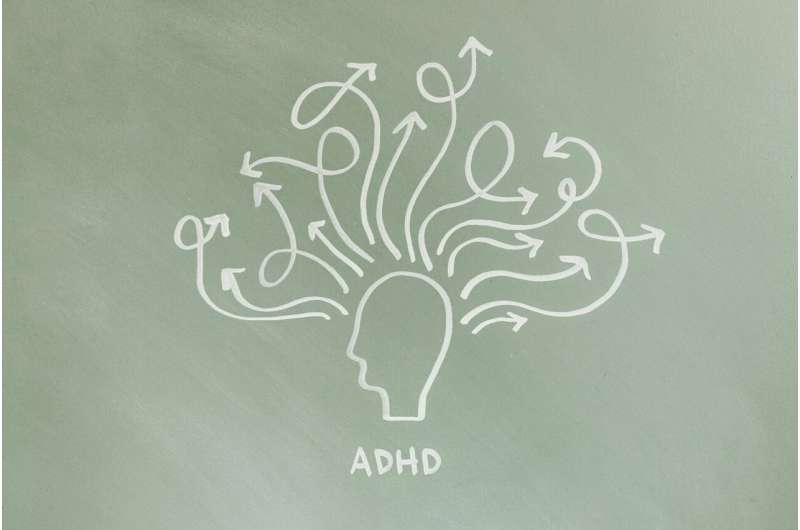The Impact of Early Puberty and Childbirth on Aging and Disease Risk

Early puberty and childbirth are linked to increased risks of chronic diseases, while later reproductive timing may promote longevity. Learn how reproductive age influences aging and health from recent research findings.
Recent research highlights the significant influence of reproductive timing on aging and age-related health conditions. A study published in eLife by Buck Institute for Research on Aging researchers has demonstrated that girls who experience puberty before age 11 or women who give birth before age 21 face double the risk of developing chronic conditions such as type 2 diabetes, heart failure, and obesity. Moreover, these early reproductive events are linked to a quadrupled risk of severe metabolic disorders.
Conversely, later onset of puberty and delayed childbirth are genetically associated with indicators of longer lifespan, including reduced frailty, slower biological aging, and a lower incidence of age-related diseases like Alzheimer's. These findings suggest that the timing of reproductive milestones has a profound impact on long-term health outcomes.
The study utilized regression analysis on nearly 200,000 women from the UK Biobank, identifying 126 genetic markers that connect early puberty and childbirth with aging processes. Many of these markers involve well-known longevity pathways, including IGF-1, growth hormone, AMPK, and mTOR signaling, all critical regulators of metabolism and aging.
The concept aligns with the theory of antagonistic pleiotropy, proposing that traits beneficial early in life for reproduction may carry detrimental effects later, accelerating aging and increasing disease susceptibility. Additionally, the research underscores the role of Body Mass Index (BMI), showing that early reproductive events can elevate BMI, further amplifying metabolic disease risks.
Public health implications are significant. Recognizing reproductive history as a factor in overall health encourages personalized care strategies, including lifestyle adjustments, metabolic screenings, and dietary guidance, to mitigate associated risks. As the age of menarche has decreased globally, likely influenced by rising obesity rates, understanding reproductive timing could play a vital role in enhancing women's health.
This research challenges traditional scientific approaches that often overlook reproductive history, emphasizing that reproductive timing should be a key consideration in disease prevention and lifespan extension. The study opens new avenues for developing targeted interventions aimed at improving health spans by modulating genetic and metabolic pathways involved in aging.
Source: Medical Xpress
Stay Updated with Mia's Feed
Get the latest health & wellness insights delivered straight to your inbox.
Related Articles
Link between High Temperatures, Aging, and Increased Disease Risk
New research links rising temperatures and aging to weakened immunity and increased susceptibility to infections. Discover how heat stress impacts gut health and immune function in vulnerable populations.
New Monoclonal Antibody for RSV Prevention in Infants Gains FDA Approval
A new FDA-approved monoclonal antibody, Enflonsia, offers promising protection against RSV in infants, drastically reducing hospitalizations and severe infections during the virus's seasonal peak.
Understanding the Causes of ADHD: Insights into What We Know and Suspect
Explore the current understanding of ADHD's causes, including genetic, environmental, and developmental factors, with insights into diagnosis challenges and gender differences.
The Rise of the Longevity Industry and Its Hidden Costs
Exploring the rise of the longevity industry and its promising claims about life extension, this article examines the scientific, ethical, and financial risks involved in pursuits of immortality.



